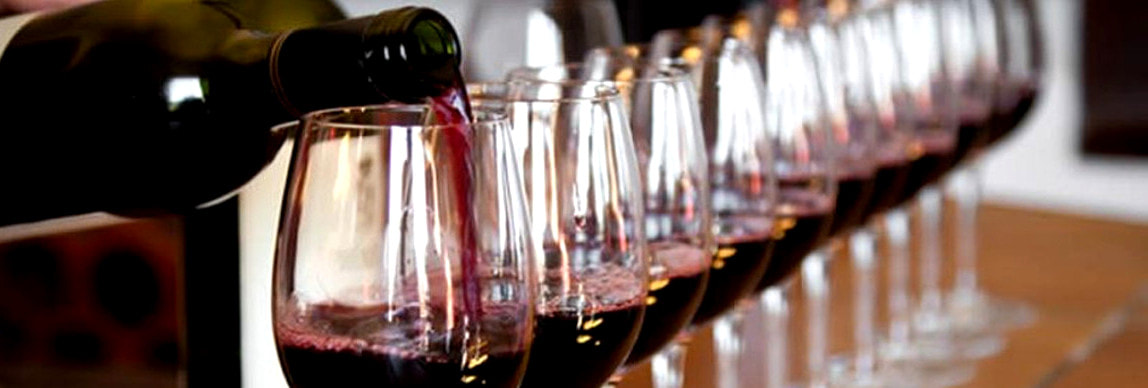How to Taste a Wine
|
Wine tasting is the perfect way to understand how to choose a good wine. At the restaurant, when you order a bottle, you have the last word on the quality of the wine and ... better not to be caught unprepared.
How to pour wine The glass should be filled 1/3 holding it by the stem and keeping it slightly inclined. How to hold a glass of wine during a tasting The glass must be gripped by the stem or even by the base, the most distant area from the tummy of the glass as the hand may heat the wine. The glass should be kept from the cup only if it is your intention to heat a wine that was served colder than it should (which is often the case at the restaurant). Color and Viscosity Look at the wine color with the glass against a white background, take note of the color, intensity and trasparency. Holding the glass from the stem, slowly rotate the glass so as to "stick its walls". You have to wet the inside walls of the glass with the wine to assess its viscosity and the alcohol content. If the wine flows down very quickly, it is light (this is often the case for white wines). If the wine forms many narrow arches that go down slowly, is more full-bodied, structured and alcoholic. Aroma Smell the wine holding the glass still, tilted toward the nose. Inhale slowly and deeply, turning away the nose after a few seconds, you will discover the bouquet and identify the notes of the wine you are about to taste. The olfactory test can be repeated after rotating the wine in the glass, this will help releasing the aromatic compounds and volatile substances. After rotating the glass again, bring the nose close to the glass and inhale again The scent of a wine can be full, noble, pronounced, delicate, subtle, faint, elusive ... In general the aroma is associated by analogy with the properties found in nature such us spicy, fruity, toasted , minerals, herbaceous, wild, ethereal ... Taste You have finally reached the real tasting. Take a sip of wine and keep it in the mouth. How long? The time to allow your taste buds and palate to perceive flavor , intensity and tactile sensations. You will find out if it is sweet, soft, wild, velvety, edgy, pungent, astringent, fresh, acidic, light... The wine should be tasted twice. The second tasting is done by incorporating air with the sip of wine to amplify the taste perceptions. After swallowing, stop for 10 to 15 seconds to understand its aftertaste and persistence. Take notes Take notes on your tastings, you will have the opportunity to build a personal archive with all the wines tasted and your considerations. |





